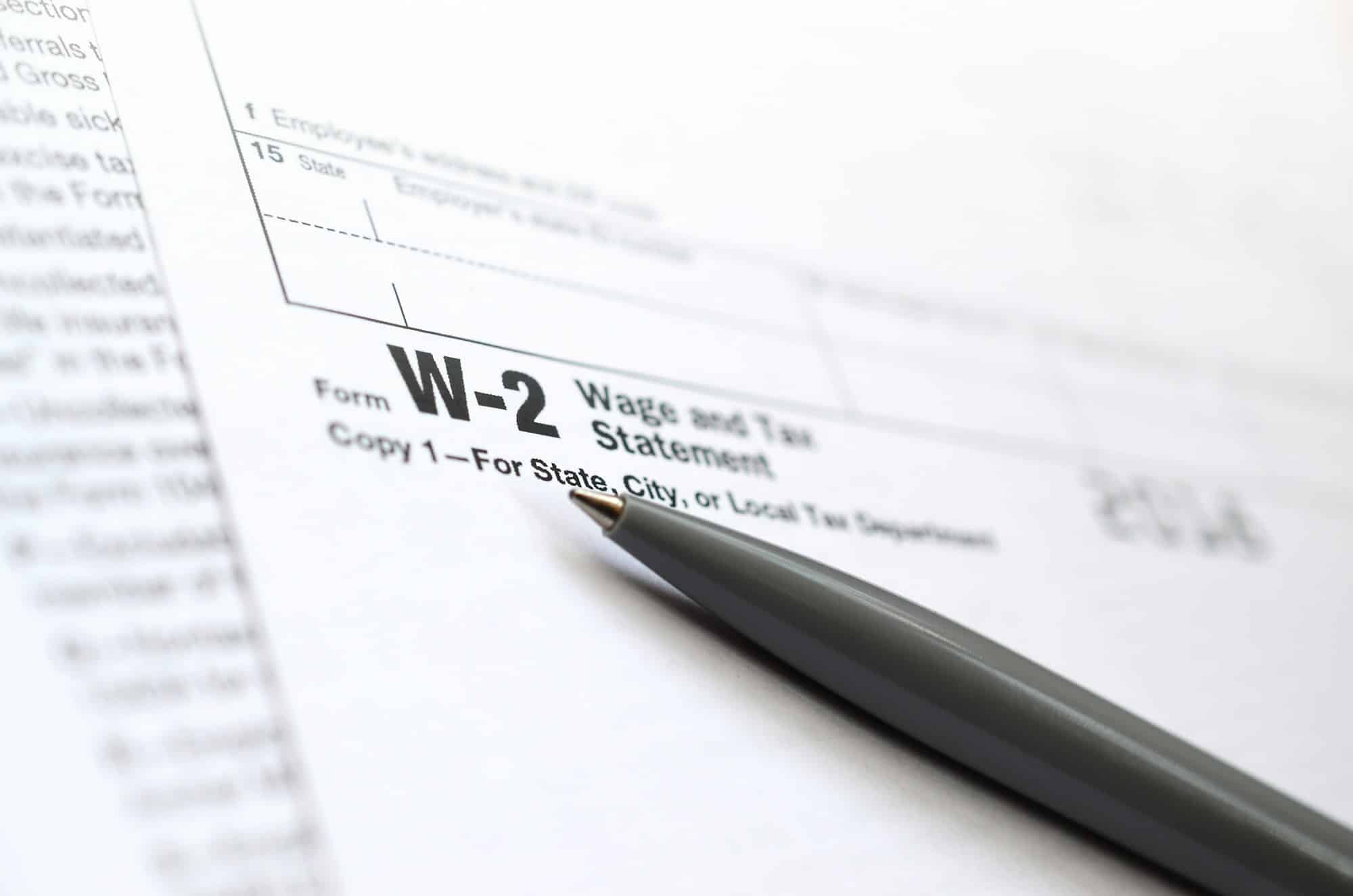How to Navigate Stamp Duty Land Tax Relief for First-Time Homebuyers in 2023?

Buying your first residential property in 2023 can be a source of both exhilaration and apprehension. Not only is it a pivotal step towards independence or starting a family, but it also involves a significant financial commitment. As first-time buyers, you might find the process of purchasing a property complex, especially when it comes to understanding the various tax implications. One tax in particular, the Stamp Duty Land Tax (SDLT), often confounds buyers. Yet, it is a duty that you will have to pay as part of your mortgage process. However, there is a silver lining. The UK government offers SDLT relief for first-time buyers to ease their property purchasing journey. This article will guide you through the nuances of SDLT relief, helping you understand when and how to apply it.
Understanding Stamp Duty Land Tax
Before delving into the relief, it’s crucial to understand the basics of SDLT. Stamp duty is a tax on property or land bought in England and Northern Ireland. Scotland and Wales have their own versions of the tax, namely Land and Buildings Transaction Tax and Land Transaction Tax, respectively. As a buyer, you are legally obliged to pay this tax.
A lire en complément : What Steps Are Necessary for Securing Funding for Regenerative Urban Developments?
SDLT is calculated based on the purchase price of the property. Different rates apply to different portions of the property price within each tax band. For example, you will pay nothing on the first £125,000, then 2% on the portion up to £250,000 and 5% on the portion up to £925,000.
Stamp Duty Land Tax Relief for First-Time Buyers
The government introduced SDLT relief for first-time buyers in the budget of November 2017. This initiative aims to aid first-time property buyers by reducing the financial burden of the SDLT. If you qualify for this relief, you can save up to £5,000.
Avez-vous vu cela : How to Design Child-Friendly Urban Spaces in High-Density Residential Areas?
To qualify as first-time buyers, there are certain conditions you should meet. Primarily, you and anyone else you’re buying with must never have owned a freehold or leasehold property before. This includes properties bought in any location worldwide, not just in the UK.
Under the relief, you will pay no SDLT for properties with a purchase price of up to £300,000. For properties costing between £300,000 and £500,000, you’ll pay 5% on the portion from £300,001 to £500,000.
How to Apply for the SDLT Relief
Applying for SDLT relief is not a standalone process. Rather, it’s incorporated into the larger property purchase process. It’s typically something your solicitor or legal advisor will handle on your behalf during the conveyancing process.
When you buy a property, your solicitor will usually file an SDLT return on your behalf. When doing so, they should apply the first-time buyers’ relief if you’re eligible. It’s important to provide accurate information to your solicitor to avoid any later complications.
Remember, making a false claim for relief could result in penalties. Always be truthful about your eligibility when applying for the SDLT relief.
Other Considerations for First-Time Buyers
While SDLT relief is a great boon for first-time buyers, you will still have to pay other costs associated with buying a property. These may include valuation fees, surveyor’s fees, solicitor’s fees, removal costs, and initial furnishing and decorating costs. Ensure that you budget for these when determining your overall property purchase budget.
Furthermore, make sure to explore all available financial options. For example, you might be eligible for a Help to Buy loan or a Lifetime ISA, both of which can help make your first home purchase more manageable.
Lastly, keep in mind that tax laws are subject to change. The rates and reliefs mentioned above apply as of the end of 2023, but future changes could affect your tax liabilities. Always seek professional advice to ensure you understand your tax obligations.
Navigating the journey towards property ownership might seem daunting, but understanding the SDLT and its relief for first-time buyers can make the process easier. Remember, each step taken towards understanding these complexities is a step closer to making your dream of owning a home a reality.
Navigating the SDLT Relief Process as a First-Time Homebuyer
To navigate the SDLT relief process as a first-time homebuyer, it’s essential to have a grasp of what this entails. As previously stated, stamp duty is a substantial tax you’re required to pay when buying a property. Thankfully, as a first-time buyer, you could qualify for the stamp duty relief, which significantly reduces your tax obligation.
When purchasing a residential property, the process of applying for SDLT relief is conveniently integrated into the overall transaction process, usually managed by your solicitor or legal advisor. While they’ll typically handle the application, you’ll have a role in ensuring the necessary paperwork is in order and accurate.
Since the conveyancing process involves the formal exchange of property ownership, your solicitor will file an SDLT return on your behalf during this process. It’s important to double-check that they’ve applied the first-time buyers’ relief if you meet the criteria. It’s crucial to provide your solicitor with truthful and accurate information to circumvent any potential legal complications.
False claims for SDLT relief can lead to penalties. Therefore, when applying for the SDLT relief, always be honest about your eligibility. Remember, stamp duty relief is not a given right but a privilege for first time buyers who meet the set criteria.
Concluding Thoughts: The Silver Lining for First-Time Buyers
In conclusion, the journey of becoming a first-time homebuyer may feel overwhelming, especially when it comes to understanding and fulfilling the various tax obligations. However, the government’s provision for SDLT relief for first-time buyers presents a silver lining.
The relief not only reduces the financial burden associated with purchasing a property but also encourages potential first-time buyers to take that leap towards property ownership. The opportunity to save up to £5,000, thanks to this relief, depends on the purchase price of the property.
However, it’s worth noting that while the SDLT relief can ease your financial burden, there are other costs to consider when buying a property. These may include valuation fees, surveyor’s fees, solicitor’s fees, removal costs, and initial furnishing and decorating costs. Therefore, it’s important to budget for these costs when determining your overall property purchase.
Equally important is to explore all available financial options, like a Help to Buy loan or a Lifetime ISA, which can make your first home purchase more manageable.
Finally, remember that tax laws are subject to change. As it stands, the rates and reliefs mentioned above were applicable as of the end of 2023, but future changes could affect your tax liabilities. Always consult with a professional for advice on navigating the stamp duty land tax and other related issues.
In sum, understanding the SDLT and utilizing the relief available for first-time buyers can make the process of buying your first property less daunting. Remember, each step you take brings you closer to turning your dream of owning a home into a reality.
